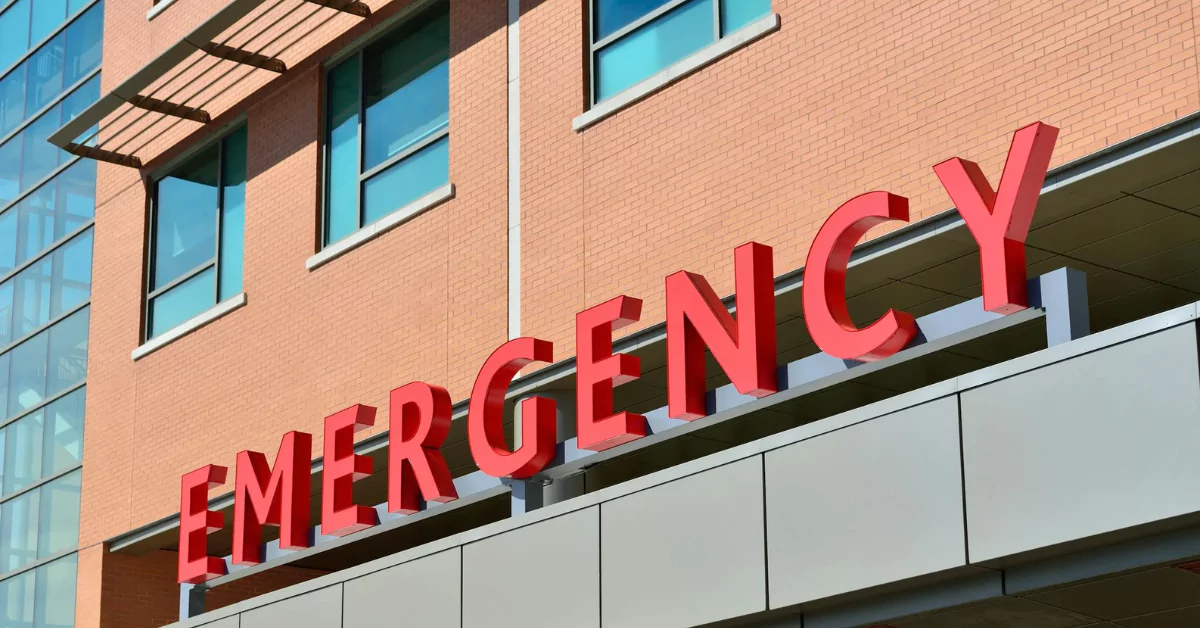In January 2025, the Trump administration issued a directive instructing key federal health agencies to halt all external communications. This unprecedented move affected agencies such as the Centers for Disease Control and Prevention (CDC), the Food and Drug Administration (FDA), and the National Institutes of Health (NIH). The directive encompassed a wide range of communications, including press releases, social media updates, and scientific publications. This blog post delves into the timeline, reasons, impacts, reactions, and long-term implications of this communication freeze.
Timeline of the Communication Pause
When and How It Happened
On January 21, 2025, the Trump administration directed federal health agencies to pause all external communications. The directive was delivered to staff at agencies within the Department of Health and Human Services (HHS), including the CDC, FDA, and NIH. The order was unexpected and came with little guidance regarding its scope and duration. An internal memo from Acting Health Secretary Dr. Dorothy Fink indicated that the pause would remain in effect until February 1, 2025.
Agencies Affected
The communication freeze impacted several key health agencies:
-
Centers for Disease Control and Prevention (CDC): Responsible for monitoring and responding to public health threats.
-
Food and Drug Administration (FDA): Oversees the approval and regulation of pharmaceuticals and medical devices.
-
National Institutes of Health (NIH): The primary agency for conducting and supporting medical research.
These agencies were instructed to cease issuing press releases, updating their websites, and posting on social media platforms. Additionally, scientific meetings and grant reviews were canceled or postponed.
The Stated Reasons Behind the Directive
The administration stated that the pause was intended to allow the new leadership to review and approve all communications and publications. This approach aimed to ensure that the messaging aligned with the administration’s policies and priorities. However, the lack of detailed explanation and the broad scope of the directive led to widespread speculation and concern among public health officials and the scientific community.
Impact on Public Health and Science Communication
Disruption in Health Updates
The freeze on communications disrupted the dissemination of critical health information. For instance, the CDC’s Morbidity and Mortality Weekly Report, a key resource for public health data, was halted. This interruption delayed updates on ongoing health issues, including the H5N1 avian influenza outbreak.
Halted Research Publications
The NIH faced cancellations of scientific meetings and grant reviews, which are essential for advancing medical research. The pause hindered the progress of research projects and the dissemination of new scientific findings.
Concerns from Health Experts
Public health experts expressed alarm over the potential consequences of the communication freeze. Dr. Michael Osterholm, director of the University of Minnesota’s Center for Infectious Disease Research and Policy, highlighted that an extended pause could jeopardize the ability of agencies like the CDC and FDA to respond to emerging public health crises.
Reactions from the Scientific Community
The scientific community reacted strongly to the directive. Dr. Ali Khan, a former CDC outbreak investigator and dean of the University of Nebraska’s public health college, acknowledged the need for a new administration to establish its footing but expressed concern that the pause might signal a return to previous efforts to control agency narratives.
Additionally, the cancellation of NIH study sections, which are critical for reviewing research grants, raised alarms about the potential impact on scientific progress and research funding.
Legal and Ethical Implications
Transparency and Accountability
The communication freeze raised significant questions about government transparency and accountability. Public health agencies are expected to operate with a degree of independence to provide unbiased, science-based information. The directive to halt communications was seen by many as an encroachment on this independence.
Suppression or Coordination?
While the administration framed the pause as a measure for better coordination, critics viewed it as an attempt to suppress information. The broad scope and sudden implementation of the directive contributed to perceptions of overreach and censorship.
Media and Public Backlash
The media and public responded with significant backlash to the communication freeze. News outlets highlighted the potential dangers of withholding critical health information from the public. Social media platforms saw widespread criticism, with users expressing concern over the implications for public health and scientific integrity.
Long-Term Implications
Mistrust in Public Health Systems
The directive had the potential to erode public trust in health institutions. When agencies are perceived as being influenced by political considerations, their credibility can be undermined, affecting public compliance with health advisories.
Effects on Future Policy
The communication freeze set a precedent that could influence future administrations’ interactions with health agencies. It highlighted the need for clear policies that balance administrative oversight with the autonomy of scientific institutions.
Comparison to Past Administrative Actions
The Trump administration had previously faced criticism for attempts to control the messaging of health agencies. During the COVID-19 pandemic, there were instances where political appointees sought to alter or suppress scientific reports. For example, former officials at the Department of Health and Human Services reportedly tried to revise CDC guidance and weekly scientific briefings to align with the administration’s public messaging [[Politico Report]].
Comparatively, the 2025 communication freeze was broader in scope and more systemic. Unlike the 2020 incidents—which primarily targeted specific pandemic-related content—this freeze affected multiple agencies simultaneously, including the CDC, FDA, and NIH, halting not just pandemic updates but also research publications, press briefings, and social media activity. Experts argue that the 2025 freeze represents a significant escalation in federal interference, marking a shift from reactive messaging control to proactive silencing of scientific voices across the board [[NY Times Analysis]].
The implications of this broader freeze have led to renewed concerns about political influence over independent health bodies, with critics warning that such tactics could erode public trust and jeopardize effective health communication in future crises.
